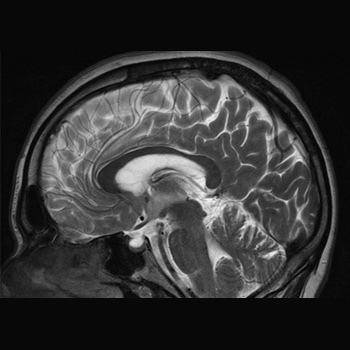Keywords
lupus, headache, urinary retention, Hypertrophic pachymeningitis
Abstract
Hypertrophic pachymeningitis (HP) is an uncommon condition characterised by focal or diffuse thickening of the dura mater. An increasing number of cases have been reported of its association with underlying connective tissue diseases. It is a rare complication in systemic lupus erythematosus (SLE) and might be the initial and sole clinical manifestation. We report a case of a 21-year-old man presenting with febrile meningeal syndrome and sphincter dysfunction. Physical examination showed malar rash and joint pain. Biological assessment revealed a regenerative normocytic normochromic anaemia, a leucopenia and a lymphopenia. The 24-hour urine protein was positive at 0.6 g. Immunological evaluation revealed positive antinuclear, anti-Sm and anti-dsDNA antibodies. Brain and spinal magnetic resonance imaging showed hypertrophic pachymeningitis. Cerebrospinal fluid biochemistry was within normal limits. Renal biopsy revealed a mesangial proliferative lupus nephritis. The diagnosis of SLE with neurologic and renal involvement was established, and the patient was treated with intravenous methylprednisolone pulse, followed by oral prednisone in association with azathioprine and hydroxychloroquine. Considering the persistence of symptoms and MRI lesions after 6 months, a treatment with rituximab was initiated with good evolution.
References

Views: 333
HTML downloads: 29
PDF downloads: 287
Published:
2023-09-15
Issue:
2023: Vol 10 No 10
(view)










